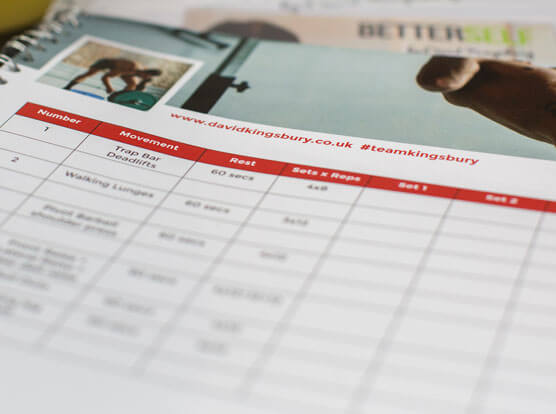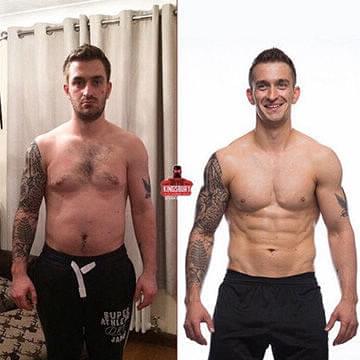Periodisation is the planning or organisation of a training regime to reach peak performance at exactly the right time, for an event, competition or other purpose. Â ItÂ’s called periodisation because it includes cycling or dividing parts of a training programme into periods of time. Â This could apply to any form of exercise, but today IÂ’m going to talk about periodisation for muscle gain.
If you arenÂ’t trying to hit your peak at a particular time, you can still learn from the techniques used in periodisation. Â This is because periodisation is all about not focusing on one thing all year. If you work on just muscle size, your muscle strength can start to hold you back, and vice versa. That is why I recommend varying the numbers of reps and sets, as this variation helps prevent your body from plateauing. Â
There are two main types of periodisation: linear periodisation and daily undulated periodisation.
Linear periodisation (or traditional periodisation), in resistance training, is the steady change from high-volume, low-intensity training, to low-volume, high-intensity training. Â The purpose of this training structure is to start out building endurance and by growing muscles, laying the foundations, then follow this by building strength in the muscles, and finish by developing pure power.
For instance, you may spend 4 weeks lifting 5 sets of 10 reps at about 70% of your 1 rep maximum (1RM). Â Then a further 4 weeks of 4 sets of 7 reps at 75% of 1RM. Then 4 weeks of 3 sets of 4 reps at 90% of 1RM. Â In this plan, the total number of reps is steadily dropping, while the weight being lifted is steadily increasing.
This technique has been used for years in the bodybuilding world, but isnÂ’t just for bodybuilders or competition athletes. Â By following a cycles of the linear periodisation plan, and by continually adjusting the weights based on your increasing 1 rep max as you get stronger, gains can be significantly greater over time than by following the same workouts every day[1].
Daily undulated periodisation is a training regime where reps and weights are varied on a daily basis, with some sessions in the week being high rep, low weight, and some sessions being low rep, high weight.
This method of constant change in workouts keeps workouts more interesting, and has been proven to have a greater benefit than keeping workouts constant.
A study from 2018 compared the effect of periodization, daily undulated periodization and non-periodization on strength and muscle size. Â They found that all groups got stronger and larger muscles in the first 6 weeks of training. However, from 6 to 12 weeks in the training programme, only those on the periodization programmes continued to develop their muscles. Â This demonstrates the importance of periodisation for continued muscle development[2].
Which form of periodisation should you do?
As gains are greater with periodisation, you should definitely incorporate some form of periodisation into your workouts. Â But which is better?
A study published in the Journal of Sports Medicine in 2017 compared every study the authors could find comparing linear and undulated periodisation. Â Although some individual studies have shown benefits of one method over the other, when they combined the results they found that there was virtually no difference between the two techniques[3].
This means that the choice really is up to you. Â However, unless your aim is to be at your maximum strength for an event or a particular time of year, I would recommend undulated periodisation
This is because if youÂ’re feeling tired or sore one day, you can go for whichever workout you find easiest. Â You can also plan to do your low rep high weight days when you have less time, as these are quicker workouts. Â It also means you donÂ’t have day after day of high weight workouts for a few weeks, which may reduce the chance of injury. Â Undulated periodisation is also just more interesting, as your workouts will be constantly varying.
Whichever you do, make sure you add some variety to your workouts to help maximise your results.










